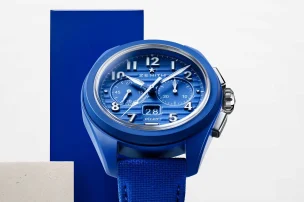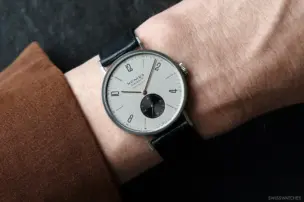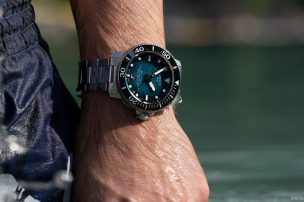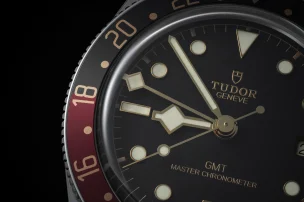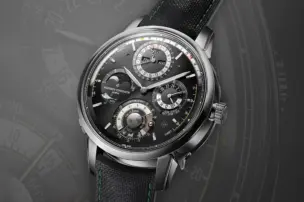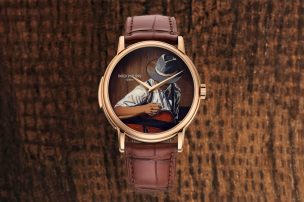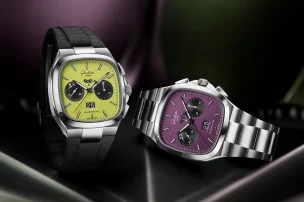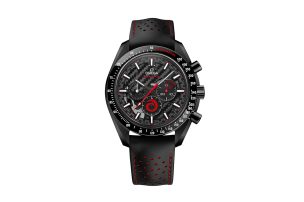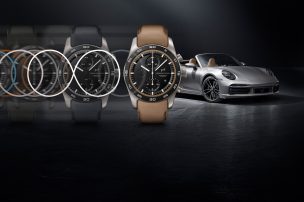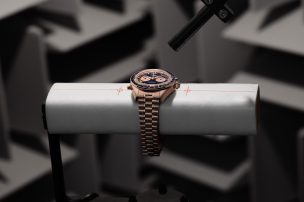
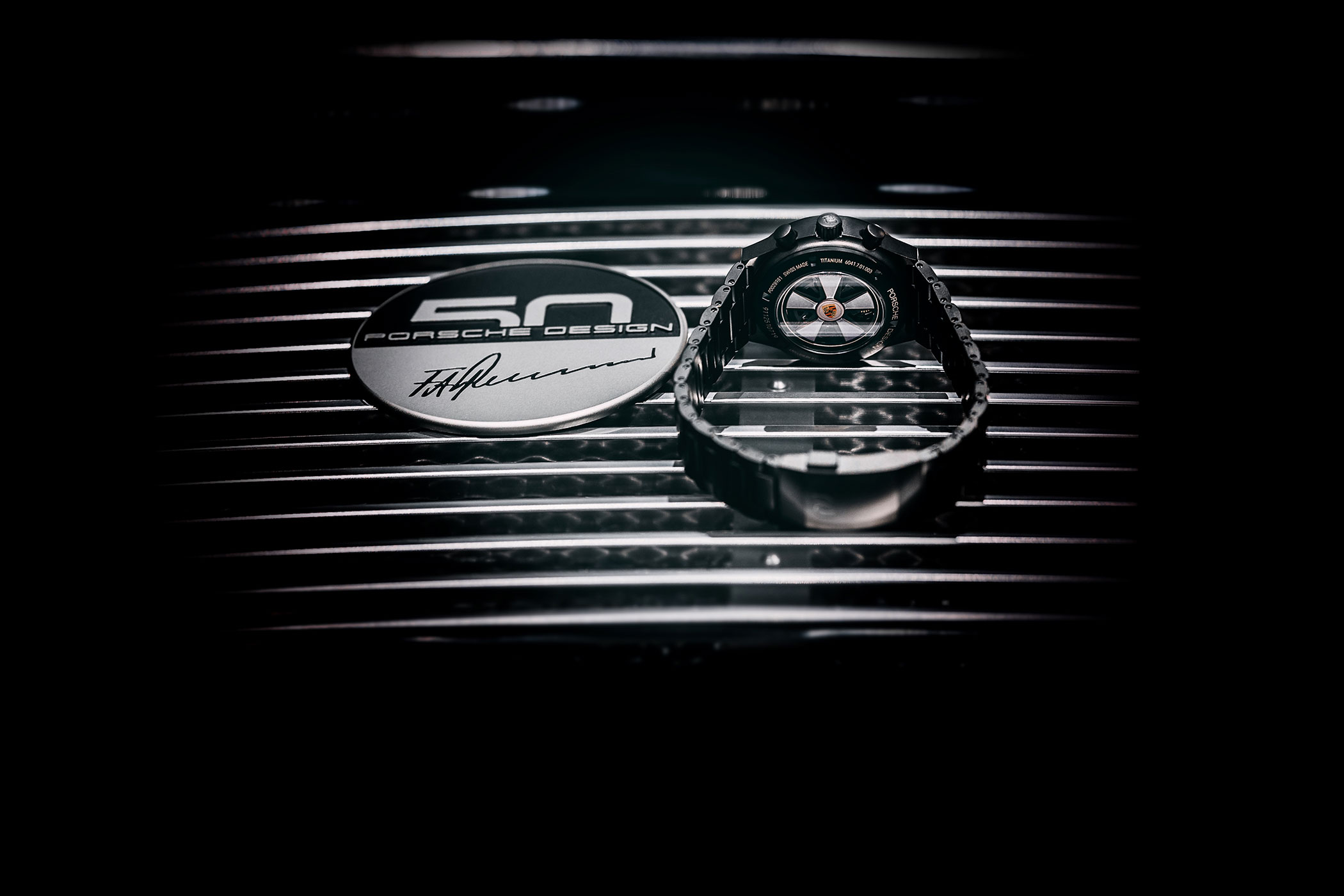
Never-Changing Values: A 911 Targa From 1972 And a Matching Unique Piece From Porsche Design
In this world, markets regulate the price – but they cannot always reflect the true value of a product. This is probably going to be the case starting from November 29, when, as part of Sotheby’s Luxury Week, something extraordinary will be auctioned on Sotheby’s website until 14 December: a 911 S 2.4 Targa from 1972 restored by the experts at Porsche Classic, as well as a unique watch based on the Chronograph 1 by Porsche Design.
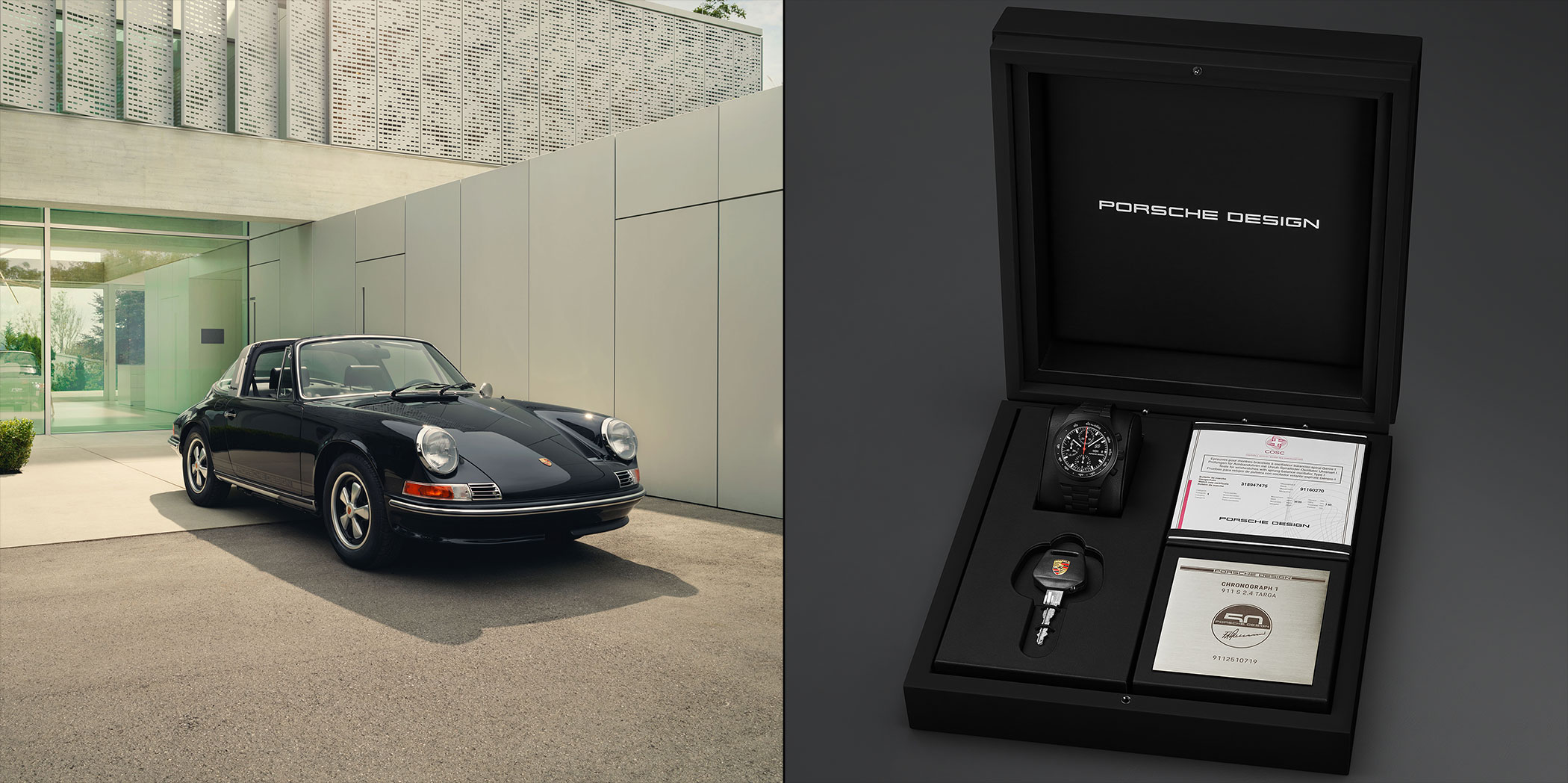
Two Unique Pieces: Porsche 911 S 2.4 Targa and Porsche Design Chronograp I
It is the unofficial highlight of the Porsche Design Year 2022, which marks the brand’s 50th birthday. The brand was originally founded in Stuttgart in 1972 by Professor Ferdinand Alexander Porsche, the creative father of the 911, and relocated to Zell am See two years later. For half a century now, the Porsche Design Studio has been producing great designs, from electronics, sunglasses and fashion to skyscrapers and a very important mainstay: the Porsche Design watches from its own Swiss manufacture.
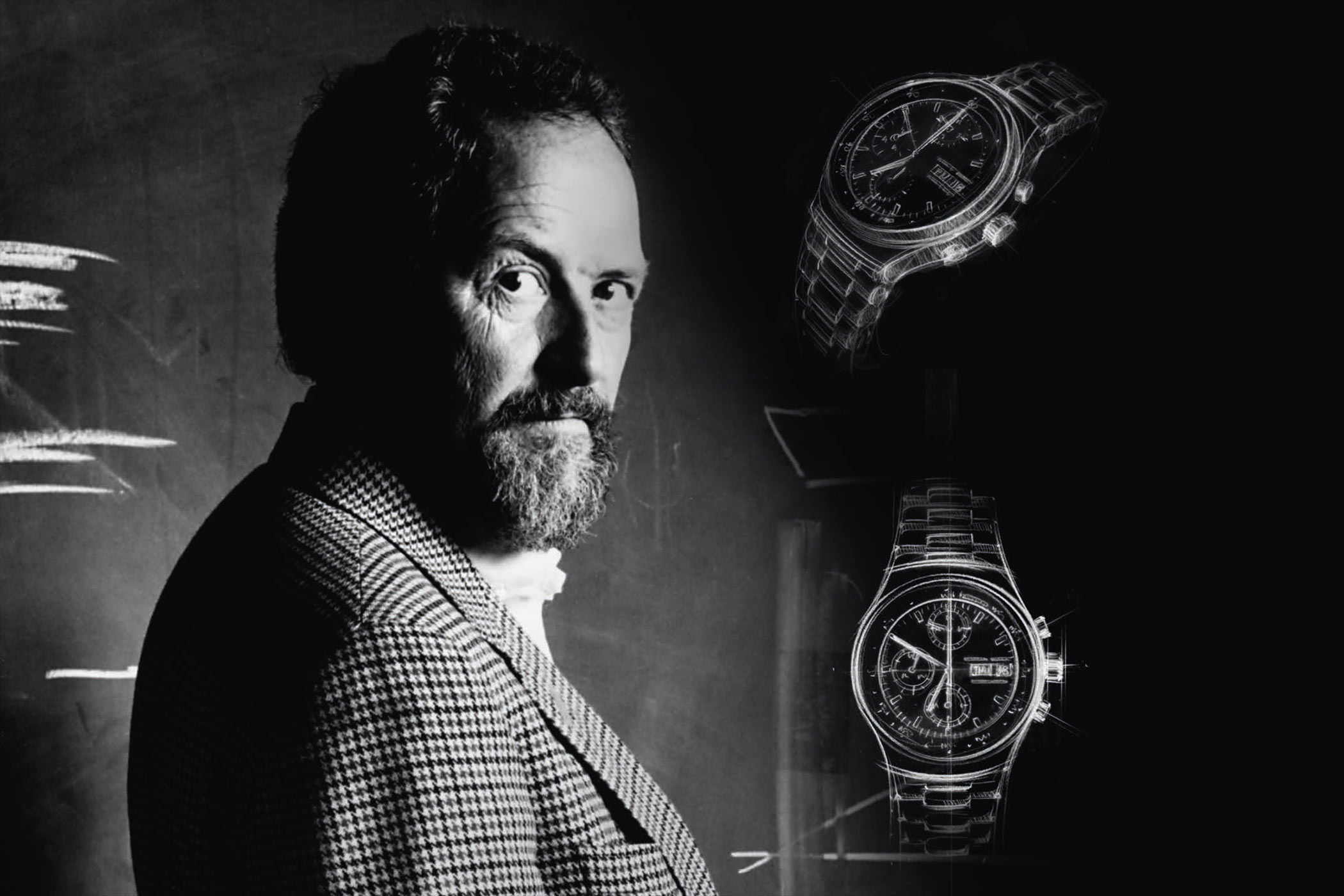
Professor F. A. Porsche – Founder of Porsche Design and Designer of the Legendary Porsche 911
The auction and the big price question
Sotheby’s has determined an estimated price of 275,000 to 325,000 US dollars for the Targa and the accompanying watch. Yet reaching a higher price is of course possible, because exceptional Porsches like this are always good for record sums. Another Porsche auction result from this year saw a 911 inspired by the Pixar animated film Cars be auctioned off during the sports car festivities surrounding Monterey Car Week. The one-off latest-generation car was designed entirely in the style of the Cars character ‘Sally’, and was based on the 992 GTS model, was painted in unique ‘Sally’ blue metallic and given rims in a five-arm design. The charity auction proceeds went to the charities Girls Inc. and USA for UNHCR. The profit: an incredible 3.6 million US dollars. Without wanting to write off this special car now: a cartoon-inspired 911 is one thing, but the historic Targa now up for auction is something completely different.

This has a lot to do with the feeling that the sight of a classic car stirs up in us. It’s about its unique provenance. It is also a question of the aesthetics that this particular car exudes. Admittedly, there are endless black 911s from Vienna to Hamburg, but this vintage Porsche has now been restored down to the very last detail by the professional aesthetes at Porsche Design and Porsche Classic as part of its so-called ‘Special Requests’ programme. It is therefore a 50-year-old, simultaneously brand-new car – to be handed over to its owner with an equally unique timepiece: the one-of-a-kind Chronograph 1.
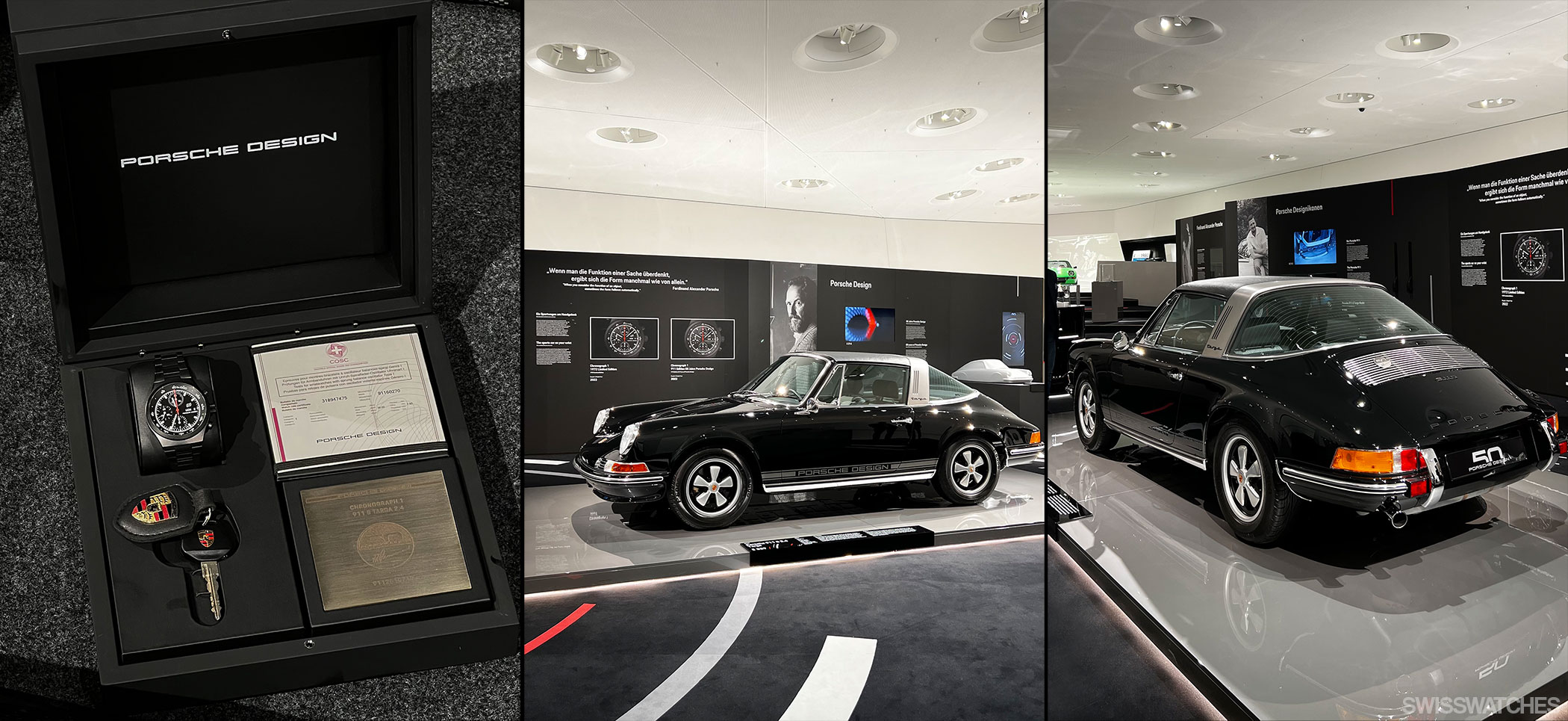
The 911 S 2.4 Targa from 1972: a piece of Porsche history
First, the unique Targa. It took two years for the 911 S 2.4 to be presented to the world for the first time at the GP Ice Race in Zell am See, Austria, at the end of January. The design features a black exterior (F. A. Porsche’s favourite colour), while the Sport-Tex seats have a classic check pattern in black and cool grey. Meanwhile, the sides of the car are adorned with silver Porsche Design lettering, while the Targa bars are glazed in platinum silk gloss. Body, engine, chassis: everything looks almost as if the car had been teleported here directly from the early 1970s. The only tell-tale sign is, to an extent, the new materials, such as the upholstery, with the new fabrics being stretched over the old seats – a challenge in itself.
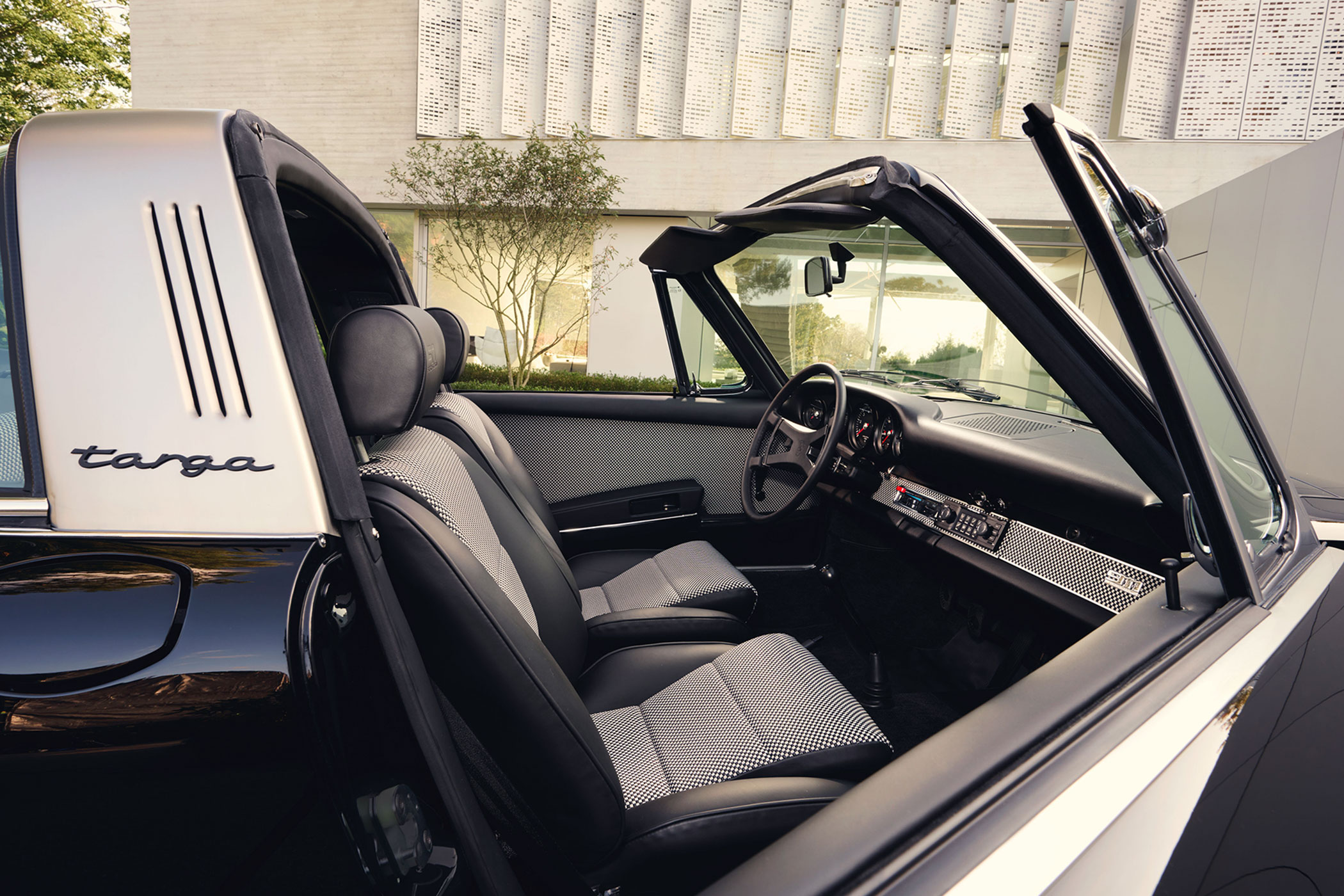
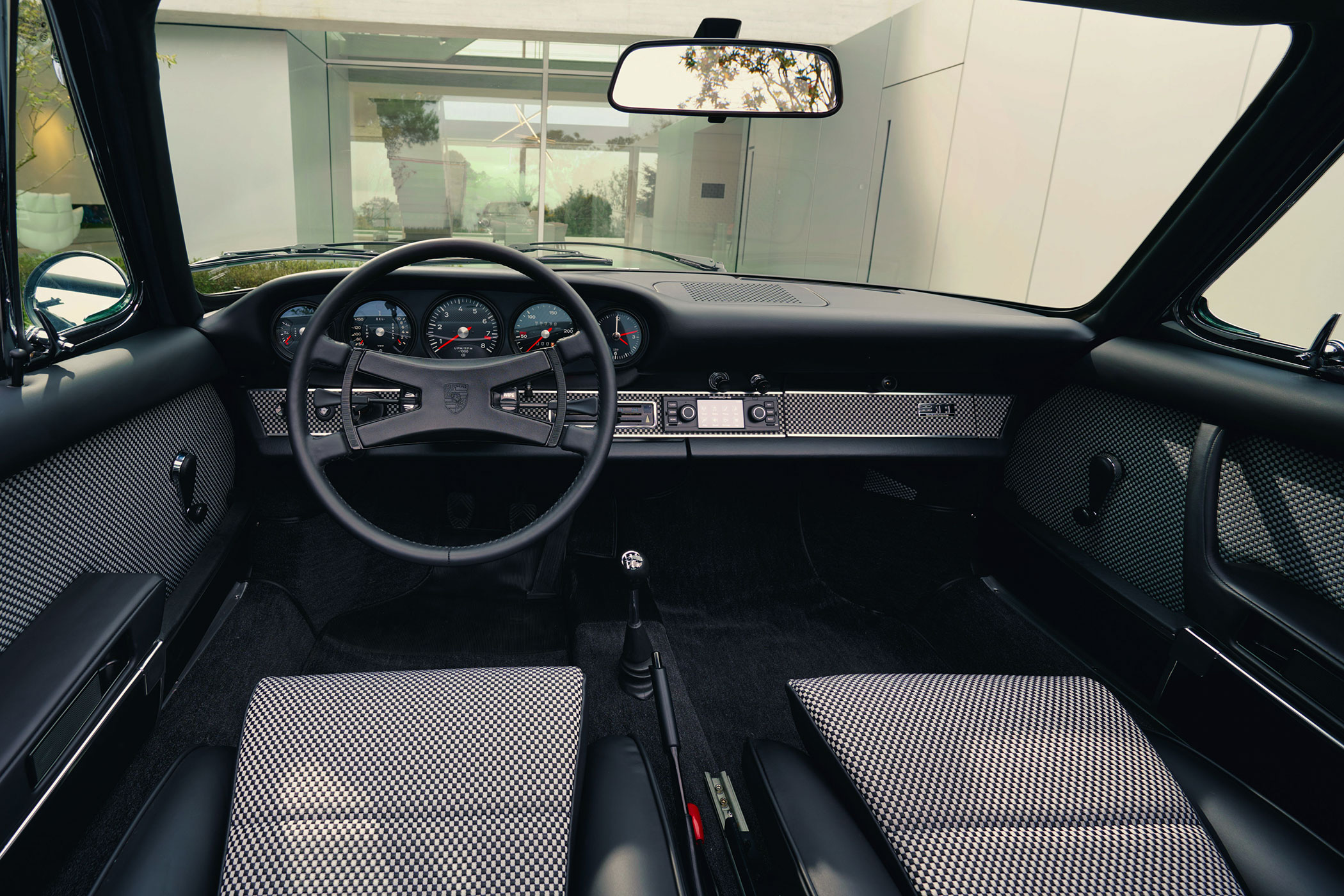
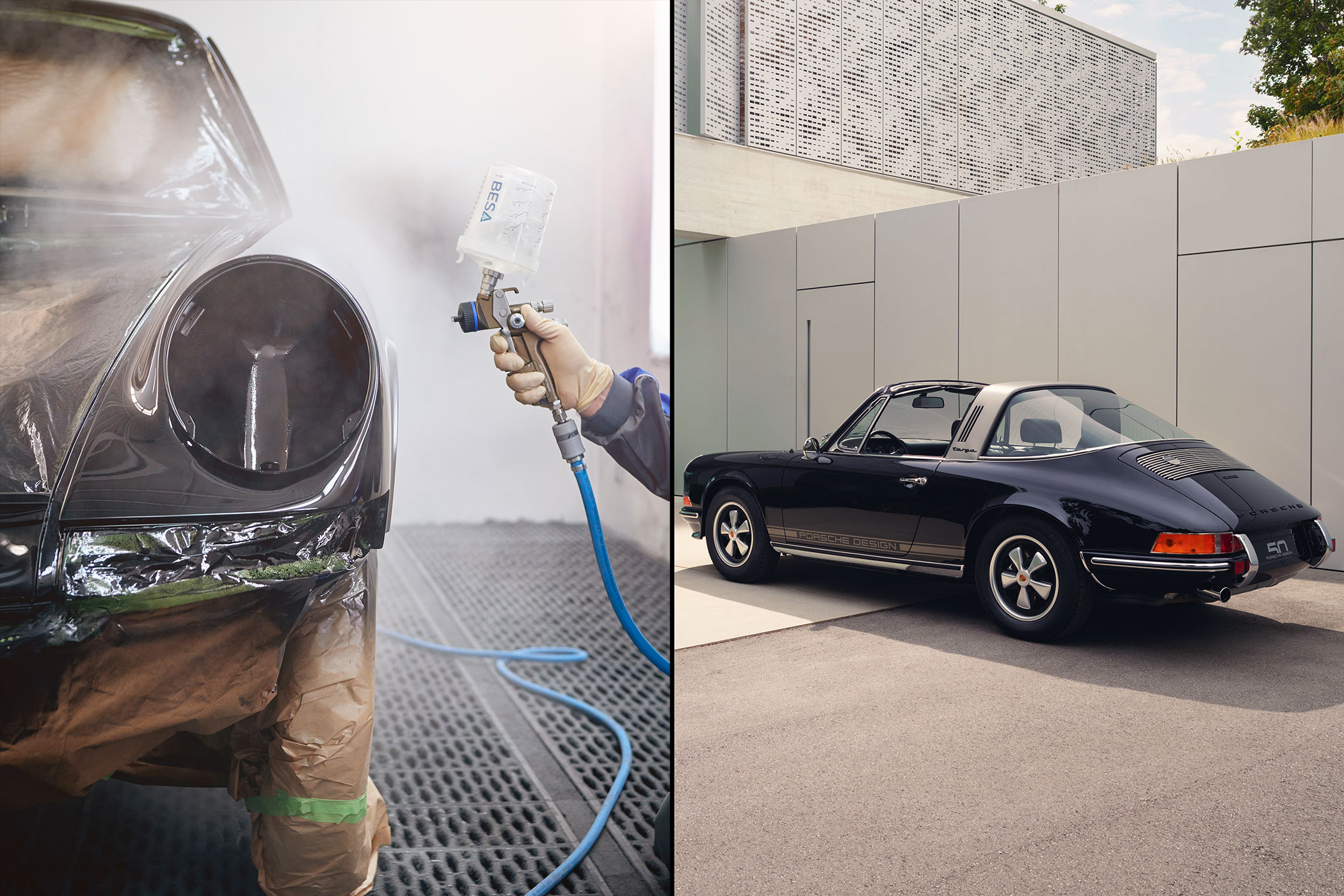
A one-off from Porsche Classic
Only 989 examples of the 911 S 2.4 were once built as Targas, an engine that also won the 1972 Le Mans. Blessed with the slender body of a 911 F model, these Targas are now regarded as the epitome of 1970s power and elegance. After all, the car was blessed with 190 hp – impressive for the time – while accelerating to 100 km/h in 6.6 seconds and reaching a top speed of around 235 km/h. With the Porsche Design one-off, there are now 990 Targas because the auction model was only equipped with the rather poor-condition basic 2.4 engine before the restoration, being improved by Porsche Classic experts from 140 hp to the S model with 190 hp.

But this unique Porsche design is not so much about performance. What makes it special is the reconditioning by Porsche Classic. Although there are several good addresses for the true-to-the-original restoration of historic Porsche sports cars, none have the reputation of Porsche Classic, where the classic cars are reconditioned with the expertise and resources of Porsche AG. A mere handful of cars are restored to museum-level quality here every year; the most recent being the 959 S of ex-Formula 1 driver Nick Heidfeld, which spent a good four years there being upgraded.
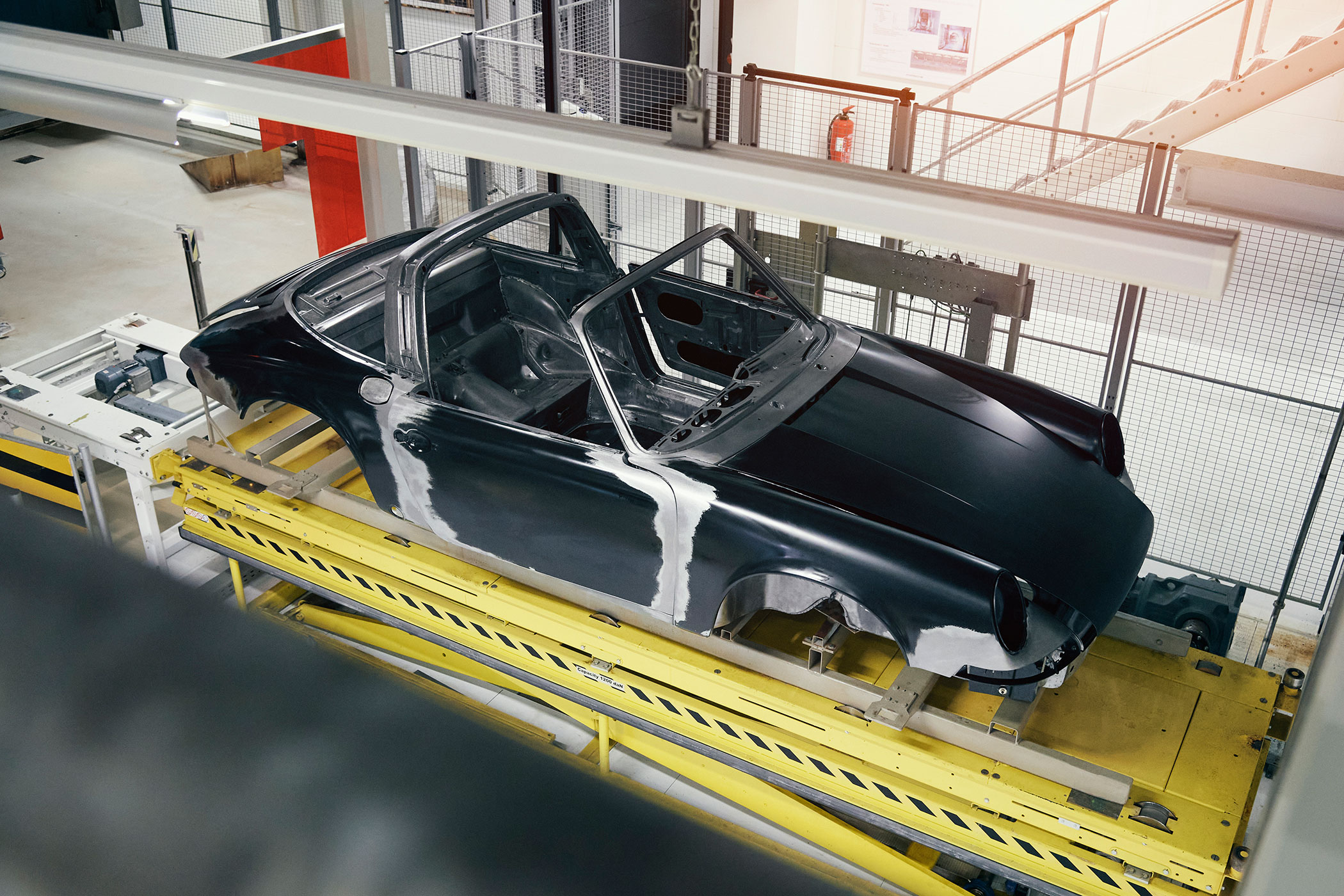
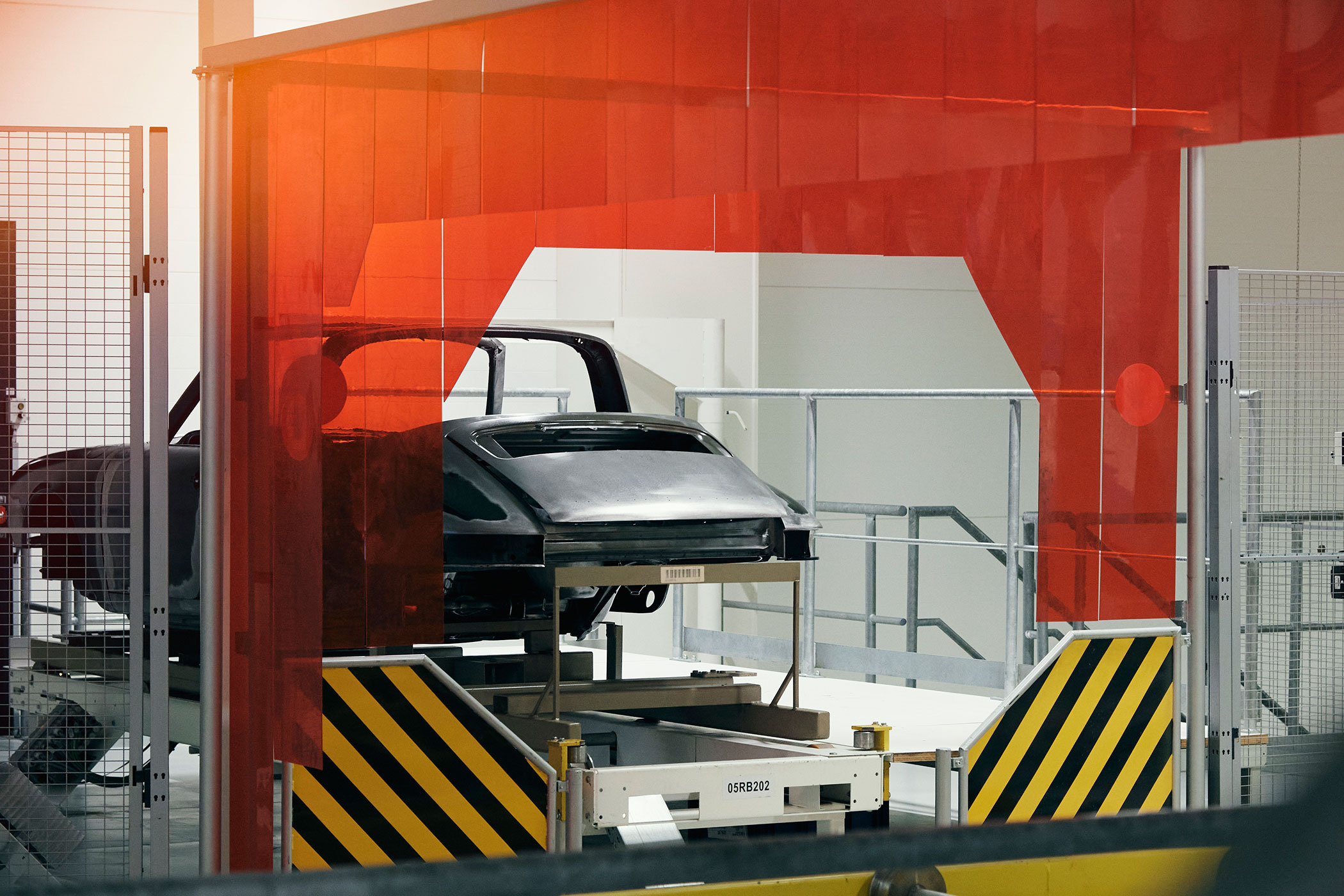
Having your old Porsche beautifully restored in Zuffenhausen, the mothership of all 911 fans, is therefore considered the best – and most expensive – form of classic car servicing. In the case of the anniversary unique model, there is also the fact that the 1972 Targa inspiring its look was itself the model for an anniversary limited edition of a Porsche Design 992 Targa, 750 of which were quickly sold out. Buyers of this model also had the opportunity to purchase a special timepiece from Porsche Design’s watch department: the Chronograph 1 – 911 Edition 50Y Porsche Design.
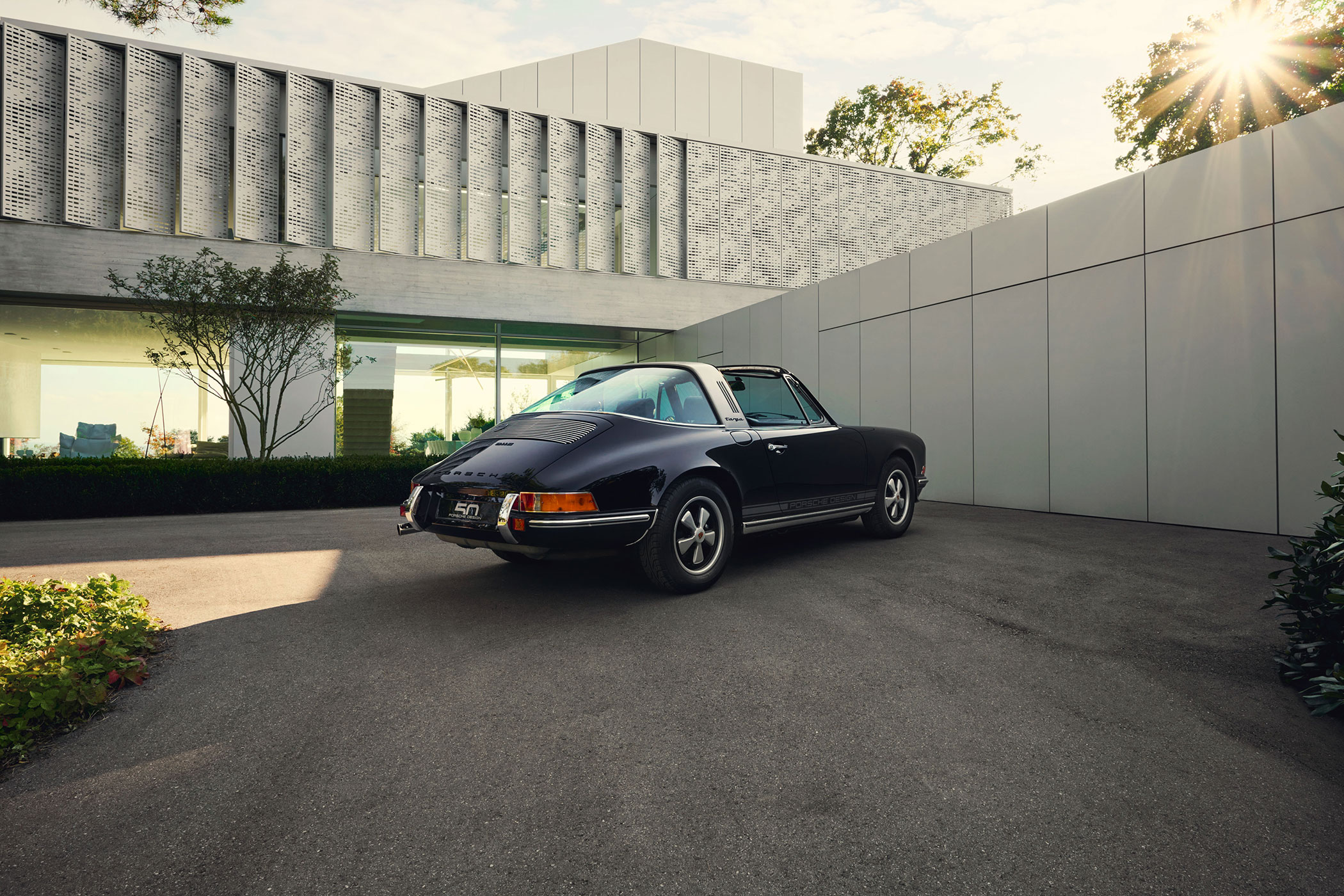
The Chronograph 1 by Porsche Design: A piece of watchmaking history
For several years now, launches of new cars from Zuffenhausen have been accompanied by new watches from Solothurn in Switzerland. This is where the watchmaking department of Porsche Design resides. Regardless of whether an ultra-exclusive one-off or a classic series-production vehicle, the buyers of the cars are always offered a matching watch. Technically, this means that Porsche aficionados sitting across from each other in a restaurant can recognise who owns the basic 911 parked out front. Or perhaps the 911 Sport Classic; the 911 GT3 RS; the 911 Dakar – or, in this case, the 911 Edition 50 Years of Porsche Design.
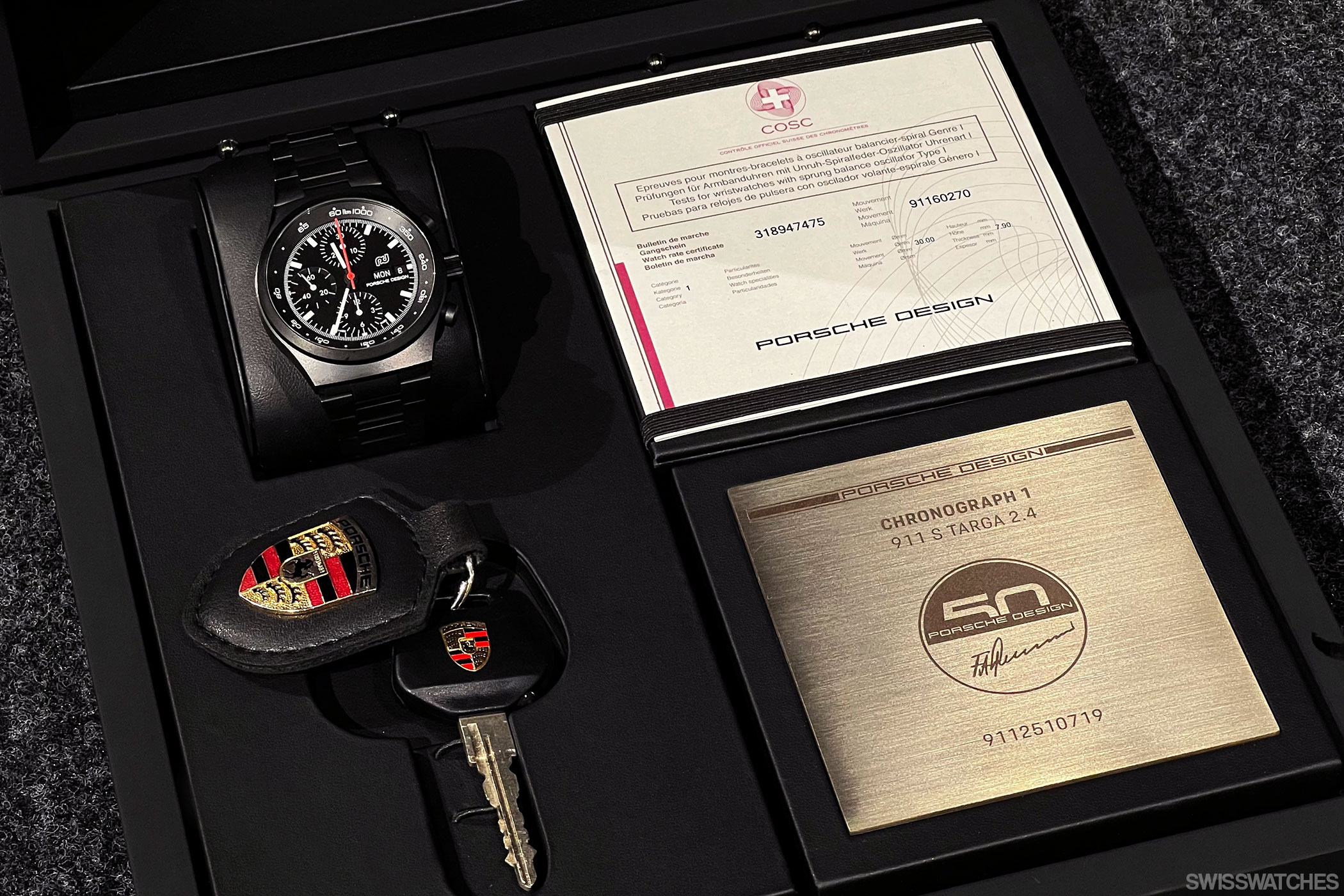
In this sphere, however, a unique watch belonging to a car is like reaching nirvana – having something more is not possible. Furthermore, absolute exclusivity aside, it has to be said in this case, the combination of timepiece and automobile could hardly be more successful.
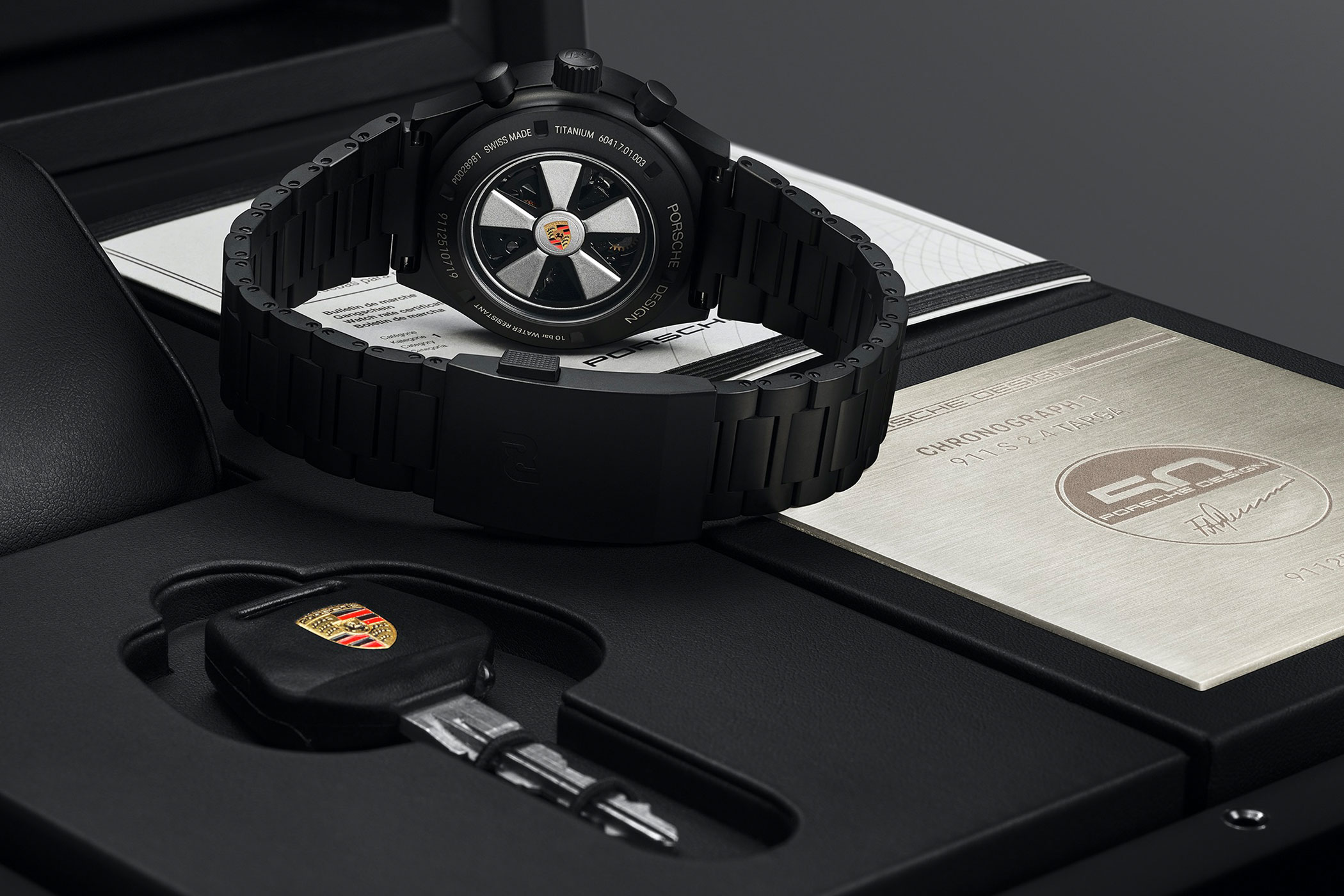
The new edition Chronograph 1 was closely developed from the original piece that was Porsche Design’s first watch ever, proving to be visionary for the entire industry. First designed by F. A. Porsche himself as a gift for long-serving factory employees, the Chronograph 1 was the world’s first all-black watch. A timepiece that was years ahead of the black-out trend. Despite this revolutionary aesthetic, it remained boldly inspired by the excellent readability of a 911 cockpit. It was a watch whose form should absolutely follow its function. Well-preserved models from the 1970s and 1980s are sought-after by collectors today, and the various military versions designed by Porsche Design for the Bundeswehr & Co. are particularly in demand. The demand was correspondingly huge when Porsche Design reintroduced the Chronograph 1 in a limited series of 500 pieces in January of its anniversary year.
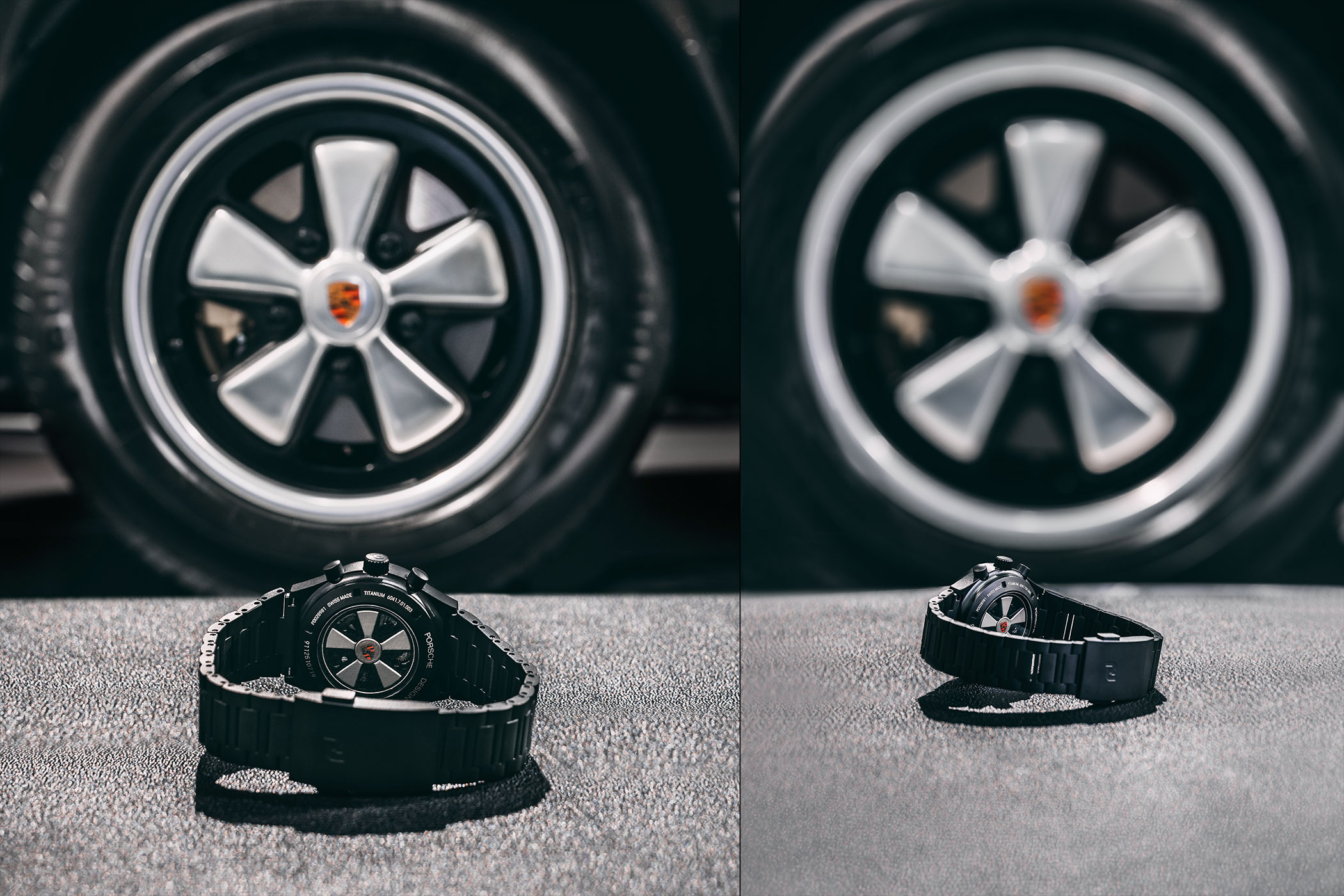
The unique new Chronograph 1 – 911 S 2.4 Targa essentially follows the design line of exactly that watch. Featuring a titanium case with a black titanium carbide coating, it measures 40.8 mm in diameter. Unlike the latest, unlimited version of the Chronograph 1, the dial, crown, caseback and strap’s buckle are adorned with the historic ‘pd’ logo from Porsche Design. The big difference, however, is revealed when you look at the back of the watch, where a sapphire crystal allows you to see the movement. This includes a view of the star of the show: the oscillating weight, which is optimised for rotation, resembling the historic ‘Fuchs’ wheel rims from the 1972 Targa.
True value: the best of both worlds
After 50 exciting years of company history, Porsche Design’s year ends with this auction. They have published a coffee-table book in honour of the 50th anniversary, and its ‘50Y Collection’ ranges from sneakers and eau de toilettes to beach towels and travel bags. Yet the auction is certainly the absolute highlight, perfectly uniting the past and the future. Technically, the car is as it was in 1972, but it has been restored with all the means available in the present and given the unmistakable Porsche Design look. Ultra-conservative collectors of historic cars may find this a step too far, because exactly this look did not exist back then, but all those Porsche enthusiasts who dream of a unique brand-new, fifty-year-old Targa with the blessing of Porsche Classic will have their curiosity aroused. The watch, on the other hand, is visually very close to the original from 1972, but uses the materials and watchmaking practices of the present.
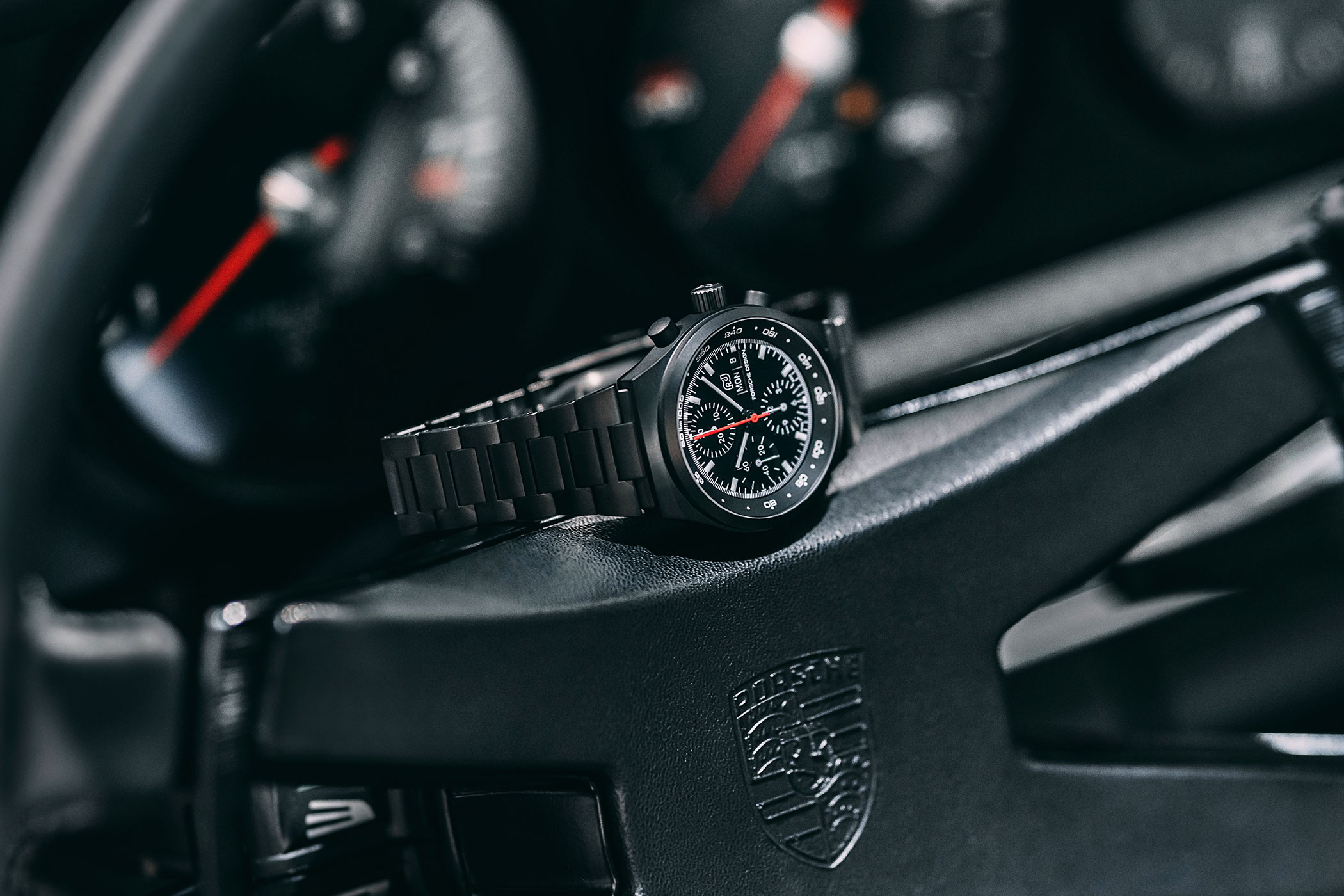
Classic car meets classic watch: this double-retro charm brings together Porsche AG and Porsche Design in a unique way with its combination of then and now, combining the best of both worlds: the nostalgia as well as the constant drive for improvement.
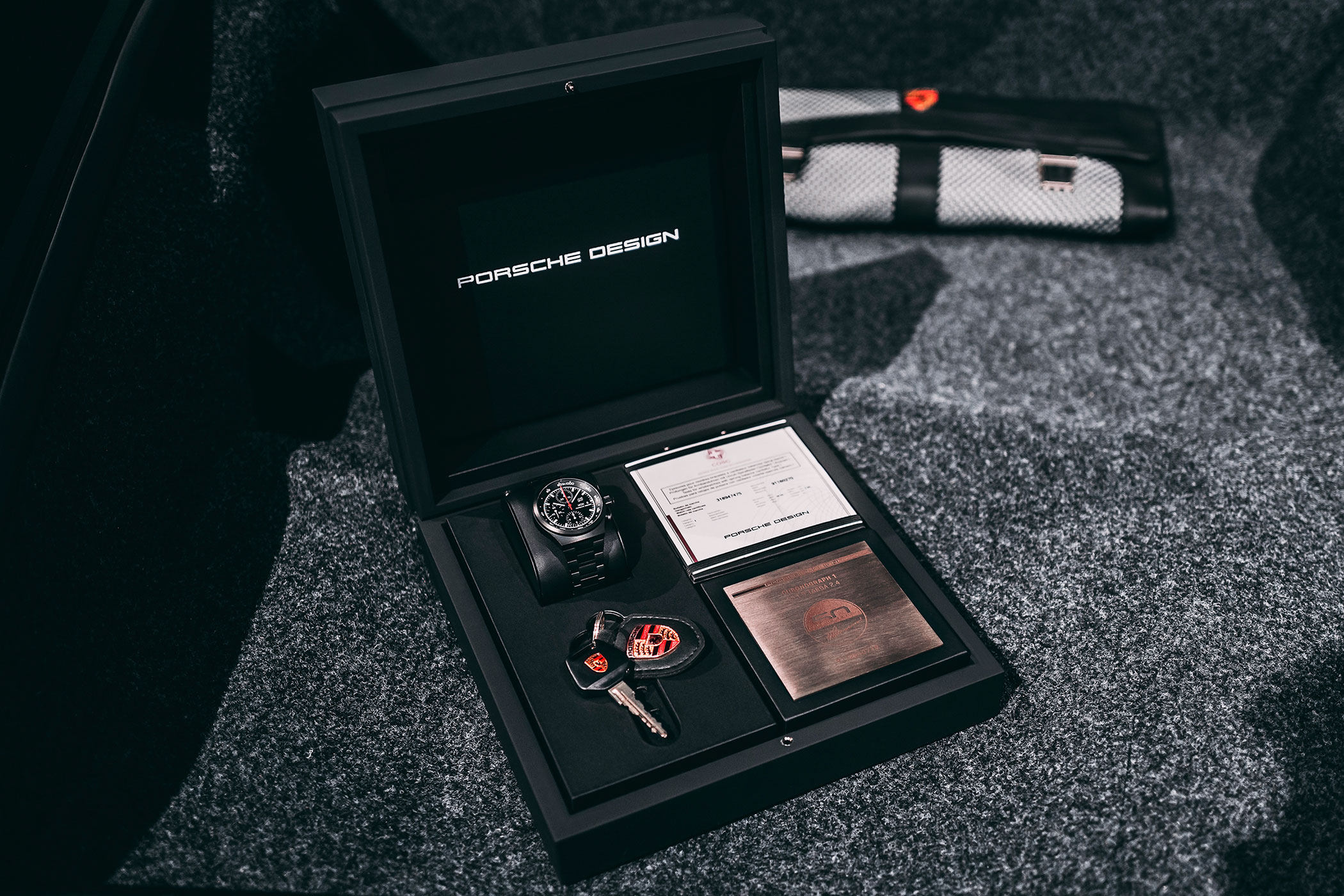
The value held by the Porsche and Porsche Design brands did not happen overnight. Their legendary status was built up over decades and is still defined today by a focus upon progression, with a desire to become ever-better and more desirable. So, while the price achieved at the end of the auction is by no means irrelevant, what is much more important are the countless years of engineering and design work that the car and the watch represent – and the decades to come, as Porsche Design continues on its journey into watchmaking.
